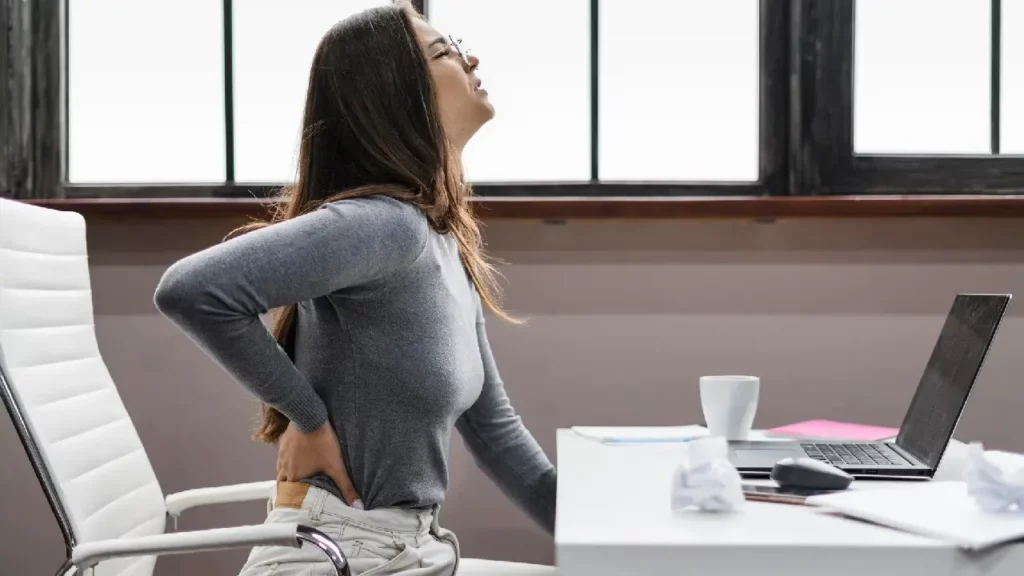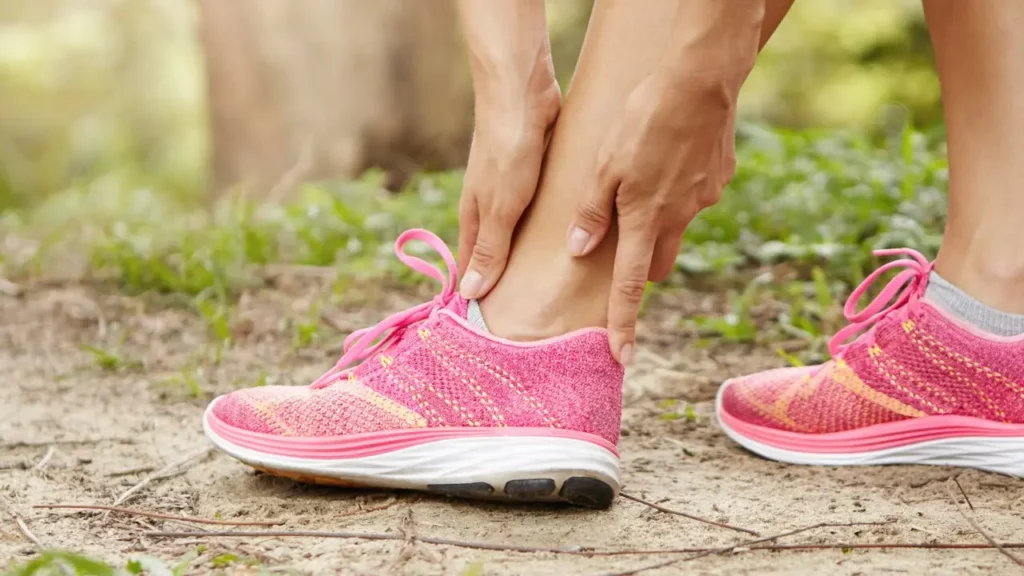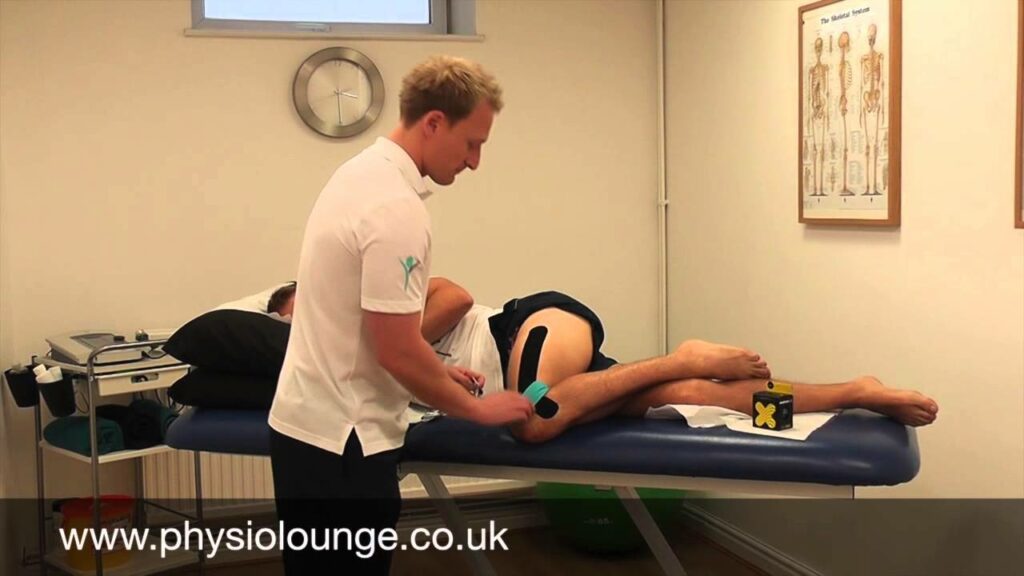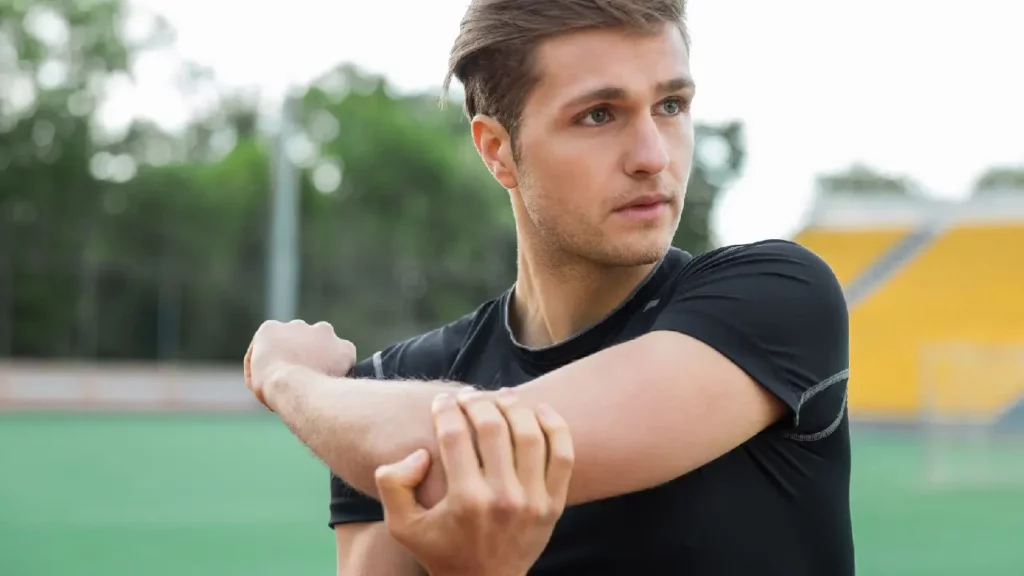I like sport, not all sport, but in general I enjoy it. I like a challenge, physicality, mental toughness. All aspects of sport that make it interesting. Then there’s skiing. A pursuit reserved for those with no immediate concern for self-preservation! Skiing… a sport that costs an arm and a leg with the distinct possibility of breaking an arm and a leg!


The season is nearly over, everyone’s trying to cram in a last minute trip to the piste, but beware, you may be heading for a fall! (stop groaning, it’s funny) 75% of injuries associated with skiing are from falls, collisions account for up to 20% and ski lift incidents account for up to 9% of injuries. I know… I want to know what the ski lift injuries are too! Studies demonstrate that the majority of injuries are sprains, followed by fractures, lacerations and dislocations.
We’re going to talk about three common injuries sustained whilst skiing. Sprains of the medial collateral ligament (MCL) of the knee, sprains of the acromio-clavicular joint (ACJ) of the shoulder girdle, and triangular fibrocartilage complex (TFCC) tears of the wrist.
Early diagnosis is crucial in order to begin appropriate intervention as early as possible, which is described HERE.
Medial Collateral Ligament Injuries
Injuries to the MCL usually occur with twisting movements to the knee during a fall or when skiers maintain a ‘snowplow’ position for lengthy periods and stress the ligament.
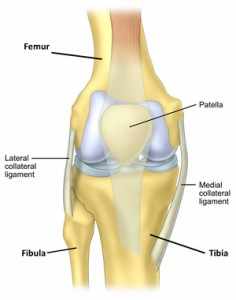
There are three grades of ligament injury and it can take between 6-12 weeks for the ligament to heal depending on the grade. Grade I and II injuries can be managed conservatively. In the initial period a degree of immobilisation is advised to allow the ligament to begin healing without causing further damage. It may also be useful in the first 24-48 hours to reduce weight bearing through the limb with the use of elbow crutches.
Taping can be used to support the ligament as rehab progressions are made.
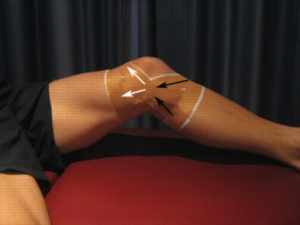
A rehab program is important, focusing on improving mobility, improving muscle control around the joint and increasing strength in the lower limb. A graded activity specific element to every rehab program is essential to prevent re-inury as you return to your chosen sport or activity.
In the case of a Grade III tear of the MCL it would be appropriate to refer to an orthopaedic consultant like Manchester Knees or The Sports Knee Clinic
Acromio-clavicular Joint Injuries
The ACJ is usually injured during skiing through direct impact following a fall. This impact can damage the ligaments that surround the ACJ causing disruption. Grade I and II sprains usually respond well to conservative management.
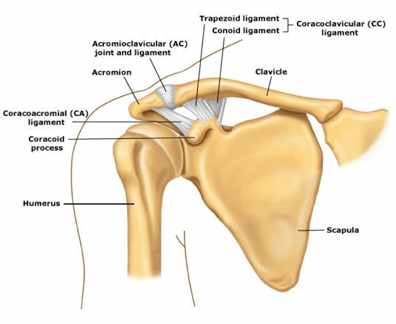
A good rehab program will look a little like this:
Phase 1 – improve pain and swelling by avoiding provocative activities
Phase 2 – increase range of motion and activities of daily living
Phase 3 – increase strength and power and return to sport
A graded program of strength and mobility work can begin after the first 24 hours. Taping can be useful to support the joint and reduce pain. We often use manual therapy to maintain joint mobility and reduce muscle tension. It may take up to 12 weeks to rehab a grade II injury but there is no reason not to expect a full return to function and sport with good rehab.
When there is a grade III tear of the ligaments that hold the ACJ in place, the collar bone (clavicle) becomes completely separated, or dislocated from the top of the shoulder blade (acromium). Now just to confuse matters there are six grades of ACJ dislocation injury and The Shoulder Doc explains them perfectly. Surgical intervention will usually be necessary in this case to stabilize the joint.
Triangular Fibrocartilage Complex Injuries
The TFCC is a group of structures in the outside of the wrist made up of a number of components including the triangular fibrocartilage disc in the wrist. Its job is to transmit load and improve stability through the distal radio-ulna joint (DRUJ)…. bit boring and wordy I know but stick with me!
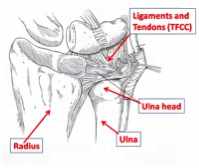
It is usually injured when the palm twists over and the wrist bends back (pronation and ulna deviation) which is exactly what people do when they try to save themselves from a fall when skiing.
As long as the DRUJ remains stable the first line of treatment for a TFCC tear is conservative. It may involve the use of bracing or casts to reduce excessive load through the wrist and allow the TFCC to heal. It may also be helpful to have an anaesthetic and steroid injection into the space to help to settle down pain symptoms and inflammation. This will be accompanied by physiotherapy to improve mobility and strength around the wrist.
Sometimes conservative management fails or the DRUJ is unstable and the only option is to operate. The operation is usually a keyhole (arthroscopic) procedure and the idea is to repair the tear to the TFCC. A period of rehabilitation following the procedure is normal to gradually improve strength and mobility. It could be as long as 12 weeks before a person is able to return to heavy lifting and collision sports but each case tends to differ slightly. Mr Mike Hayton is a world renowned hand and wrist surgeon and has some really good results with this sort of injury.
Generally we like to prevent injuries before they happen, but if you’re going to hurl yourself down a snowy mountain… well, there’s a big chance bad things will happen to your limbs. So remember… wear a helmet, go easy on the fluorescent coloured ski suit, and always get your injuries checked out, particular if you look like this at the bottom of the run…
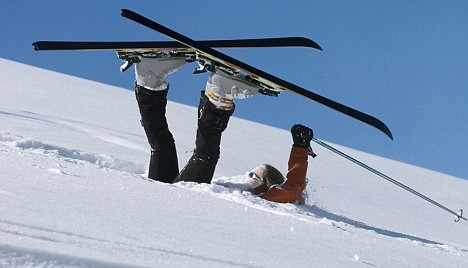
For more information or to book an appointment contact us on 0161 8340710.
